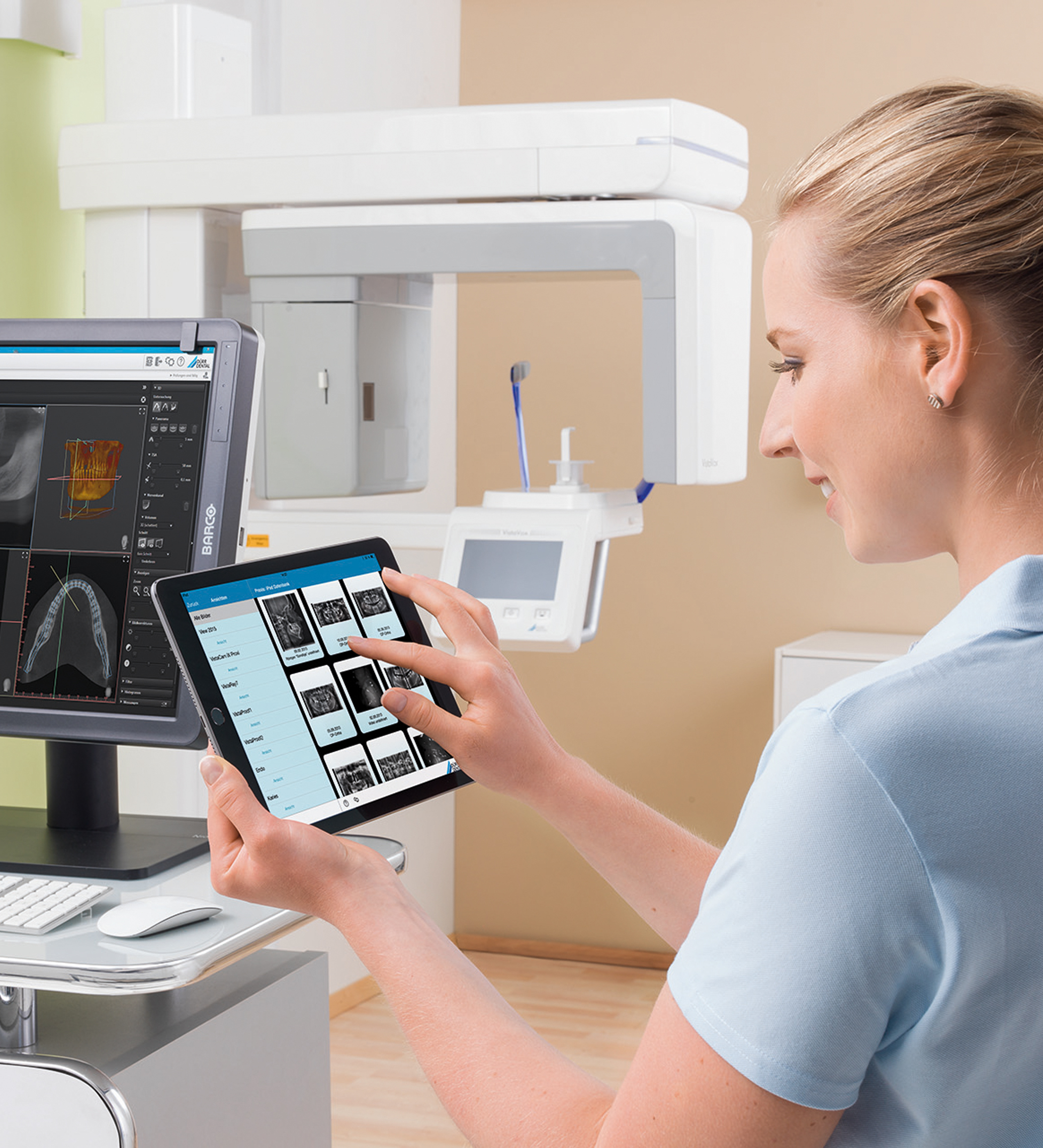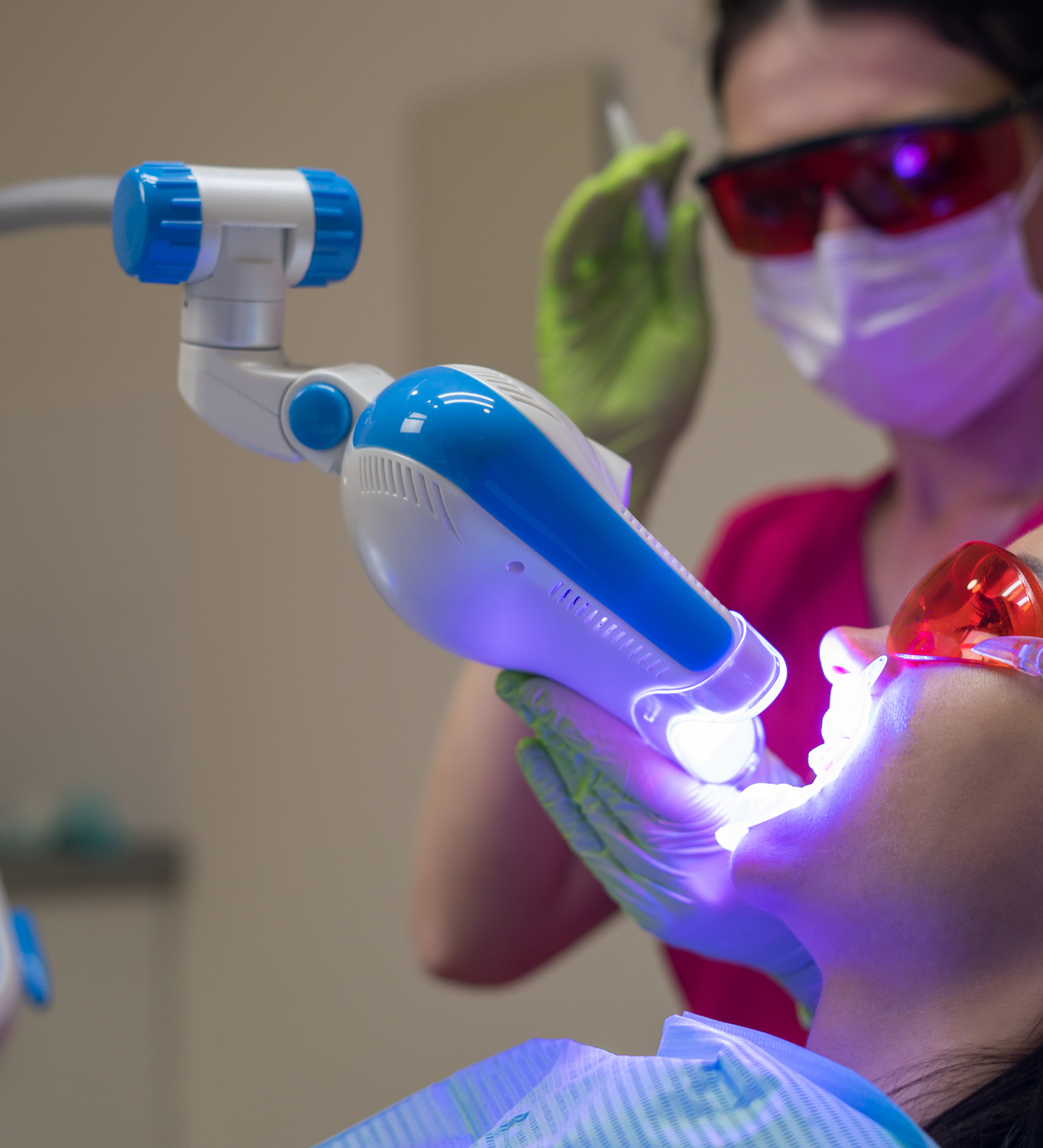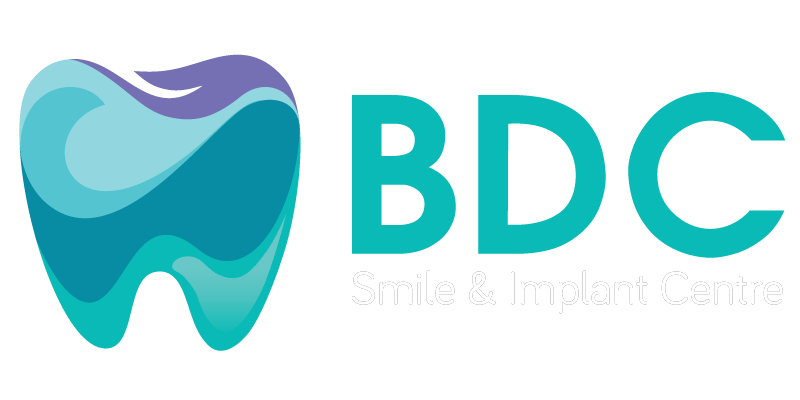Digital Dentistry at BDC
- In modern digital dentistry, the four basic phases of work are image acquisition, data preparation/processing, the production, and the clinical application on patients.
- Image acquisition is the first operational phase of digital dentistry, and this phase is employedusing powerful tools such as:
- Digital cameras by SHOFU
- Intraoral scanners by Medit:
- The Medit i500creates next-generation digital impressions by capturing hundreds of 3D photos and combining them into a virtual model on a computer. No need of traditional impressions (i.e. gagging on goopy trays that have to stay in the mouth for up to 5 minutes to set) anymore. It also allows us also to measure the exactshade of your teeth.
- CBCT by Durr Dental
- Digital aided designing(CAD)by Exocade
- Computer aided milling (CAM) by CEREC:
- We use CAD/CAM technology to create your prosthetic teeth with high level of accuracy and cosmetic. Crowns, inlays,onlays,and veneers are designed and fabricated from start to finish in our laboratory.We have total control over how your prosthetic work will look and fit for you.
- Thanks to the digital process with direct scanning of your tooth, design of your crown with software and production with CAD/CAM machine. The fit of your All Porcelain crownwill be much more precise with also more natural appearance and better biocompatibility.
- Digital Printing by Nextdent


- Digital smile Design: Digital photographycombined with the use of appropriate software for image processing, allows us to design a patient’s smile virtually: this is digital smile design, a valuable tool for previsualization and communication in modern aesthetic and cosmetic dentistry.
- CAD/CAM restorations: Intraoral scanners allow us to take accurate optical impression of the dental arches, using only a beam of light. The optical impression is now supplanting the classic method with tray and impression materials: this last procedure, never liked by patients and often technically difficult, is likely to disappear over the next few years.The information on dentogingival tissues acquired from an optical impression can be used not only to make a diagnosis and forcommunication, but also to design and mill CAD/CAM restorations.CAD/CAM technology enables dental restorations such as crowns, veneers, inlays and onlays to be fabricated using computerized milling technology on same-daythat would otherwise require two or more visits to complete.
- Orthodontics: they are useful in diagnosis and in the design of a whole series of custom devices, such as invisible aligners.
Implant Surgery
Optical impressions allow useful data to be obtained for the planning of implant operations. Indeed, information ondentogingival tissues can be combined and overlaid with that relating to the patient’s bone structure obtained from CBCT, by using specific planning software packages. Within these processing software packages, the surgeon can design templates for guided implant placement, which are physically manufactured by milling or 3D printing and usedclinically. Implants positioned through a guided surgical procedure can be loaded immediately, using prosthetic restorations in resin, printed in 3D before the fixtures are positioned. This is known as the “full-digital” technique.
























